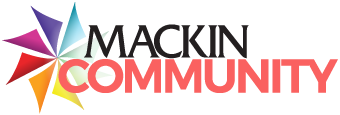Winning the 2024 Children’s Literature Legacy Award is only one of Pam Muñoz Ryan’s many distinguished honors. She is also the recipient of the NEA’s Human and Civil Rights Award, the PEN Center USA Award, and a Newbery Honor Medal. Ryan’s newest middle grade novel, El Niño, comes out May 6 from Scholastic Press. It is an absorbing mix of reality, mythology, and fantasy—both an exciting adventure and a poignant look at the nature of grief and healing as eighth-grade swimmer Kai grapples with the loss of his older sister.
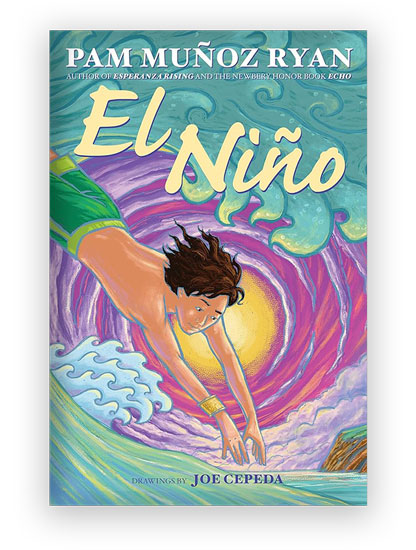
Here, Ryan describes the messy process she used to create her new book; offers young writers advice about research and revision; and explains why she’s a “little jealous” of students today.
How did your powerful new novel come to be?
El Niño didn’t come together in a burst of orderly writing. As with all my novels, the process is messy. Over fifteen years ago, I began a story about a mythical underwater realm where mermaliens (my invented word for half-human, half-dolphin creatures) had an altruistic mission. Though I didn’t know then what that mission might be.
I put the story on the back burner while I began researching and writing Echo (Scholastic, 2015) and then Mañanaland (Scholastic, 2020). But the idea of that underwater realm stayed with me. When I decided to revisit the story in earnest, I read books about lost worlds and island legends, as well as myths about my home state, California, and the premise that it was once an island, which excited me. I was especially intrigued by the recurring trope about a mysterious gold-encrusted island inhabited by Amazonian women and ruled by a warrior queen, which is echoed in Greek mythology and in ancient tales from around the world.
My mind raced. What if the Island of California did exist but was submerged? What if it was indeed ruled by an Amazonian queen who possessed the power to harness a wind so strong it could change the face of the earth, like the weather effect now known as El Niño? And what if it was inhabited by mermaliens who protected something far more precious than gold. But what?
As I tried to inch the story forward, the pandemic hit. Loss and heartache were everywhere. And I began to wonder if there was a mysterious place where grief and sadness could be cared for so that mourners could lay down their pain if only for just one moment. Those musings led me to create the Library of Despair and Sorrow, a sanctuary for suffering. I had finally found the “something more precious than gold” in need of protection.
A thousand years later, enter my protagonist, Kai Sosa, a once up-and-coming swimmer on an elite swim team, following in the footsteps of his legendary older sister, Cali, who disappeared at sea two years earlier. Still struggling with his sorrow, he finds a book, The Elusive Island of California, and becomes so invested in the mythic story that fantasy and reality collide.
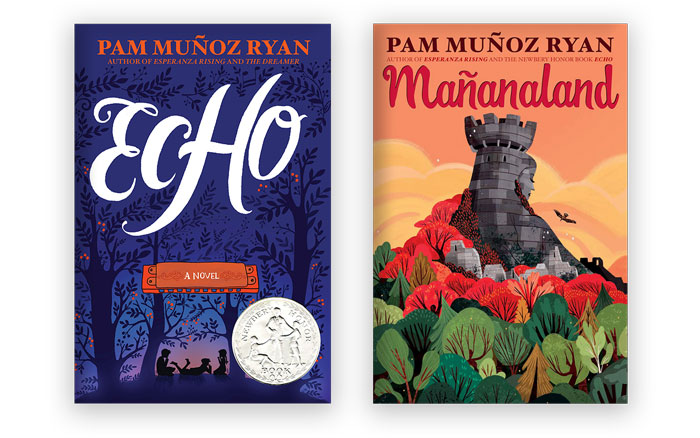
What do you hope young readers will take away from reading this book?
For every book, my most ardent desire is that readers will find the story a compelling read and want to turn the page. But also, in the case of El Niño, I would love them to recognize that we all face times when we must find a new and sometimes challenging path through the world. I hope, too, that they recognize that sharing our respective stories can be cathartic and helpful. The commonality of sadness sometimes helps us feel tethered to humanity.
We all face times when we must find a new and sometimes challenging path through the world.”
El Niño reveals your knowledge of topics ranging from Amazonian mythology to climate patterns to dolphin behavior. What is your research process like?
I research at the beginning of a project, in the middle, and at the end. It is ongoing and organic. For El Niño, I initially began by researching the mythology of merfolk, which led me to lore about lost worlds and the idea that California was once an island, which led me to the nonfiction research about how the state was officially named. I was also intrigued by the weather phenomenon known as El Niño and its history and mythology. One thing led to another. As far as the swimming research, I swim and know the strokes, so that was helpful. Although I had a general knowledge about swim teams, I had never been part of one, so I interviewed team swimmers and coaches to vet the writing.

What advice do you have for students who are doing their own research?
Look beyond the internet. There is valuable information in books and print media. And don’t rely only on one source. When you research, value corroboration, meaning more than a few sites or people confirming the information. If you don’t know where to begin, ask a librarian. They are fountains of resources and direction. If you are interested in a nonfiction topic, find out if there is a museum dedicated to it and either go there or inquire by email for more information. Archivists are so helpful. If you have created a character with a particular job, interview someone who actually has that job so your writing will sound authentic.
If you don’t know where to begin, ask a librarian. They are fountains of resources and direction.”

I’ve read that several of your longer works began as picture books—which means that they had to go through dramatic revision work. Students often struggle with the need to revise. Can you talk a bit about how you approach revision?
I’m a recursive writer. I usually start a book by writing the opening scene in a very rough form. The next day when I sit down to write, I go back to the beginning, and reread what I wrote the day before. I edit and add more. The next day, I go back to the beginning, reread, edit, and add, inching the story forward. The next day, I do the same, always weaving in more details, introducing characters, tightening, and moving parts of the story to the bottom of the manuscript if I don’t think they work in their current location but might work later. When the book is in a completed draft form, then I send it to my editor, Tracy Mack, at Scholastic. She gives me her thoughts and direction along with many questions. Then I begin rewriting again.
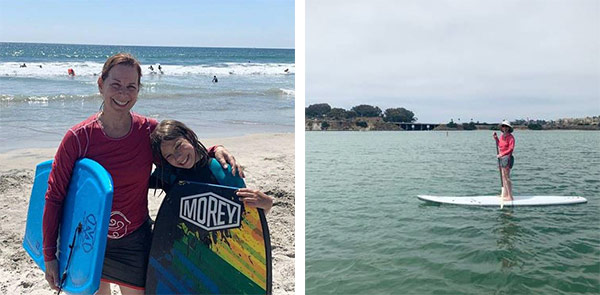
Is it energizing or aggravating for you to have to revise so much?
I don’t really think of it as either. For me, from day one, it’s all revision.
Revision is so inherent to the quality of the book that I embrace it as the norm. I discover creative avenues for my story, plot twists, and characterization within the throes of revisiting and revising over and over again. Momentum is far more important than inspiration.
In early drafts, revision often illuminates what is missing. While rereading, I might realize I haven’t provided a backstory for a particular character, or I might realize I haven’t addressed, for instance, a character’s fears or secrets, especially if that could be helpful in understanding that character’s behavior.
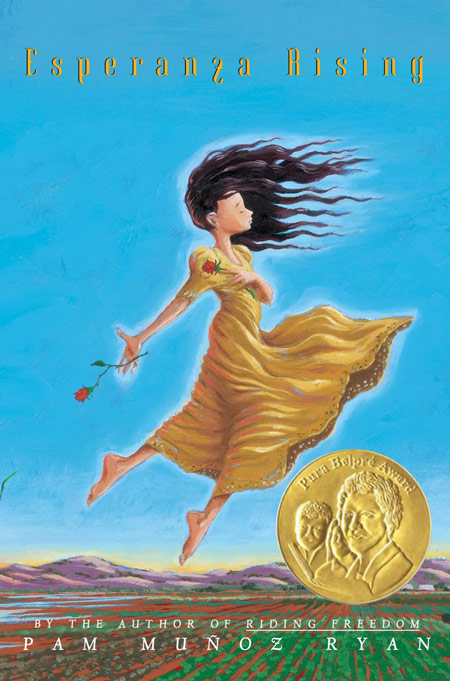
What advice do you have for young writers on revising their own writing?
It can be helpful to read your story out loud, even if it’s just to yourself, or have someone read your story to you. You’ll hear the rhythm of the language. You’ll hear awkward sentences, or ones that feel too long or too short. You will hear if a paragraph ends too abruptly and needs a smoother transition.
What kind of feedback have you received from young readers?
I have received thousands of letters from Latino readers about what Esperanza Rising meant to them—how it was the first time they had read about their own culture and about a family like their own. One of my favorite letters was from a non-Latino reader, a young boy who wrote, “I read Esperanza Rising. I didn’t know about those people, or what happened during that time, until you showed it to my eyes.” It has been extremely heartwarming to hear from those who have connected to the story on a personal level. It is equally heartwarming to know the story might have opened a reader’s eyes a little wider.
What’s your favorite part of creating books for young readers?
I enjoy so many aspects of being a book creator. But certainly, the most rewarding is finishing a book I have loved writing, with characters I will miss. Also, it’s very gratifying to hear from educators and readers about how one of my books was embraced or affected them. One of the greatest things about being a writer is that I can be in charge of my characters’ worlds. I can make life fair, or fairer, in a world woefully lacking justice. I can create characters who overcome and grow.
One of the greatest things about being a writer is that I can be in charge of my characters’ worlds. I can make life fair, or fairer, in a world woefully lacking justice.”

Did your own childhood shape you as a writer?
During my elementary school years, the idea that I could be a writer never occurred to me. The premise was never presented at school. Curriculum was different then, at least in my town. We didn’t write across the curriculum. We didn’t journal or make books at school. We never had an author visit our school. I thought all authors were dead. We never had a young authors fair or a family literature night. I suspect I would have loved all of that. I have been in today’s classrooms. I have seen the remarkable writing students have accomplished. They are so much more skilled than I was at their age. Sometimes I’m a little jealous and wish I could study with their remarkable and creative teachers.
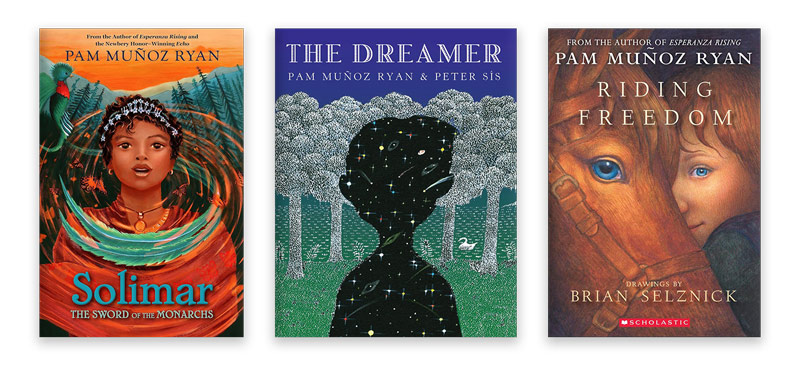
Do you have some examples of how your books have been used in classroom settings?
I’m always amazed at how teachers use novels in the classroom and the activities they develop. I’m so grateful. After a school-wide read of Echo, an elementary school created a harmonica band. I loved that. And I often hear from teachers who teach Esperanza Rising (Scholastic, 2000). They often have a feast with all the fruits and vegetables from the chapter titles in the story and have students make yarn dolls.
I’m always amazed at how teachers use novels in the classroom and the activities they develop. I’m so grateful.”
Can you share any details about your forthcoming books?
Last year I finished writing the script for the graphic novel of Esperanza Rising. It is being illustrated now and will publish in 2026. I am also mulling over a new novel and a picture book. I am so grateful to continue to have work on the horizon.
What are the best ways for educators and librarians to connect with you or to follow you on social media?
Website: www.pammunozryan.com
Instagram: pammunozryan
X: @PamMunozRyan
